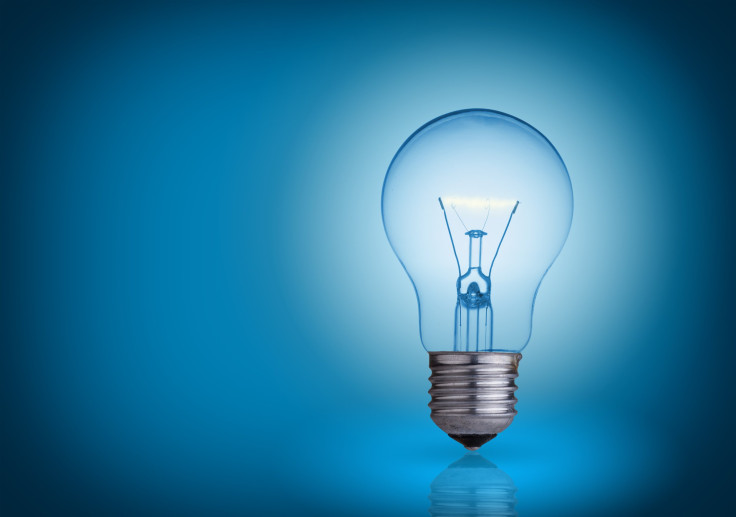Blue Light Deters Men From Eating Too Much Food: Shining Light On Mindless Eating

Americans have a dangerous tendency to overeat even if they are full, but a solution could be as easy as bathing a meal in blue. In a new study published in the journal Appetite, researchers from the University of Arkansas shined some light on what can deter people from eating.
Researchers studied the mindless eating reactions of 112 adults who were seated in private booths. Each booth was lit with a different color LED bulb of white, yellow, or blue light. After participants fasted overnight, they were served breakfast in one of the three colors. They were allowed to eat as much of the two ham and cheese omelets and eight mini pancakes as they wanted. Researchers then weighed their food and had participants fill out surveys rating the food's flavor, fullness, and overall satiety. Guess who felt full and ate least? Men served under a blue light.
The best diet is the one you don’t know you’re on, and if discouraging bad food selections by shining a blue light on it works, then shine on. “Since naturally blue-colored foods are rare, humans may have a doubt as to whether (such foods) are safe to eat,” the researchers wrote in their study. Colors such as red, yellow, and orange tell the brain to eat on, while blue may remind them of something poisonous or sterile.
“Blue lighting can decrease the amount of food eaten by men, without reducing the acceptability of the food,” the study’s lead author Han-Seok Seo, said in a press release. However, women weren’t affected, and Seo said he and his colleagues believe it has to do with “women’s superiority in detecting, discriminating, identifying, and remembering odor cues.”
Painting your kitchen blue or eating off of blue plates would be easy ways to manipulating the brain into eating less. It may not work for women because they “are expected to more easily identify whether or not the served meal is safe to eat, regardless of the lighting color under which it is presented,” the researchers wrote. Perhaps using other tricks such as eating on smaller plates or eating buffet style at home would be a helpful way to discourage overeating, according to Brian Wansink, Cornell University marketing and nutritional science professor and author of Mindless Eating.
We mindlessly overeat because of family and friends, environmental cues, certain packaging, plates, labels, names, colors, and lights, according to the Food and Brand Lab at Cornell University. Most people don’t overeat because they’re hungry but because they’ve been subconsciously cued to. What if the solution to the obesity crisis could be as mindless as the reason there is one? By manipulating the brain with different cues, such as the color blue, researchers will be able to change what we eat and just how much.
Source: Seo SH, Cho S, Han A, Taylor MH, Huck AC, and Mishler AM, et al. Blue lighting decreases the amount of food consumed in men, but not in women. Appetite. 2014.



























